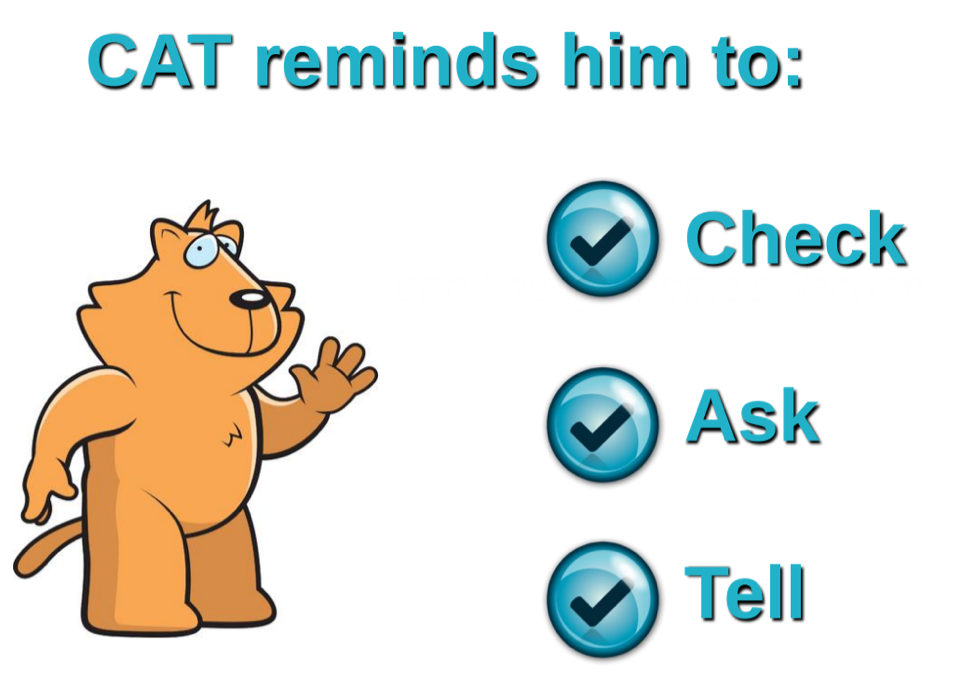E-Safety
Technology is changing the world around us and offers our children limitless possibilities. As our children's first educators we want to work in partnership with our parents and carers to teach children how to use new technologies safely and responsibly both at school and at home.
 In our Infant school we introduce the children to the acronym ‘CAT’ to help them understand how to use the internet safely.
In our Infant school we introduce the children to the acronym ‘CAT’ to help them understand how to use the internet safely.
Please encourage your child to tell you if they feel uncomfortable, upset or threatened by anything they see online. Check content is age appropriate, we recommend going online with your children and becoming part of their online life - the key to safe use of the internet is good communication.
There is a wealth of information to help navigate the digital world. We highly recommend these websites to find out about the risks in various games, apps and websites your children might be accessing and how to implement safeguards at home to reduce risk of exposure to undesirable content.
Advice from Google to help safe-guard your children
Keep computers in a central place. This makes it easier to keep an eye on your child’s activities.
Know where your child goes online. If you have young children you might use the internet with them. For older children you could talk about what kinds of sites they like to visit and what isn’t appropriate for your family. You can also check where your child has been by looking at the history in your browser menu. Another option is to use filtering tools like Google SafeSearch.
Teach internet safety. It’s impossible to monitor your child’s online activity all the time. As they get older, they need to know how to use the internet safely and responsibly when they’re on their own.
Use privacy settings and sharing controls. Many sites that feature user-generated content, including YouTube, Blogger and social networking sites, have sharing controls that put users in charge of who sees personal blogs, photos, videos and profiles. Using sharing controls is particularly important when you share personal information such as names, addresses and phone numbers, on public sites. (At school we always advise pupils not to share any personal data online.) Teach your child to respect the privacy of friends and family by not identifying people by name in public profiles and pictures.
Protect passwords. Remind your child not to give out their passwords. Teach your child how to create a memorable password and record it safely. Make sure they make a habit of unclicking ‘remember me’ settings on public computers such as those at school or in the library.
Beware of strangers. Teach your child not to arrange in-person meetings with people they ‘meet’ online, and not to share personal information with online strangers because people may not be who they claim to be.
Help prevent viruses. Use anti-virus software and update it regularly. Make sure your child avoids downloading from file-sharing websites and don’t accept files or open email attachments from unknown people.
Teach your children to communicate responsibly. Take the following as a good rule of thumb: if you wouldn’t say it to someone’s face, don’t text it, instant message it, or post it as a comment on someone’s page.
View all content critically. Just because you see it online, there’s no guarantee it’s true. Children should learn how to distinguish reliable sources from unreliable ones, and how to verify information they find online. Make sure children understand that cutting and pasting content directly from a website may be plagiarism.


